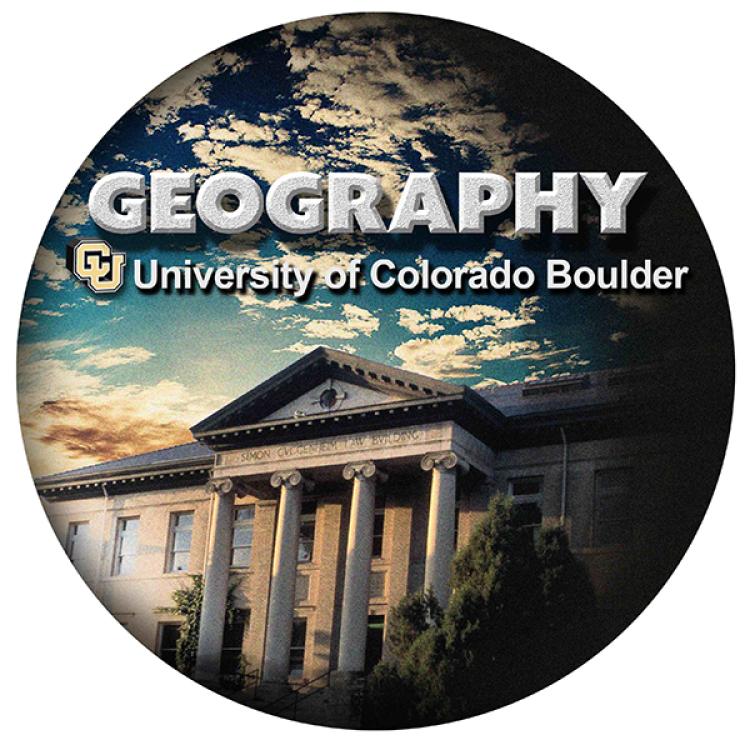Tai Koester, von Dreden Stacey Fellowship Winner

The totem was a show of solidarity from the Lummi Nation, supporting the efforts of the five Tribes that fought for the designation of Bears Ears National Monument. Now, we were gathered to celebrate the healing process that began with the monument’s designation in 2016, and also in defiance of the Trump administration’s reduction of the monument a few months before.
Facing east with the totem behind him, one of the elders spoke to the crowd. He called on the people to speak on behalf of the “four-leggeds”, the children, the voiceless, those unable to defend themselves. He called for affirming the bonds of family, friends, and the earth. As he stood before the Bear totem, the elder told the crowd of the profound spiritual power he could feel with the assembly of the Tribes at Bears Ears Meadow. The ancestors, he said, had come to welcome them home. As if on cue, a strong wind rose from the canyons to the south and the smell of earth and pine filled the air.
This was but one brief moment from my summer conducting research as part of the von Dreden Stacey Fellowship. I am investigating how notions of an Indigenous public have been decoupled and now reattached to landscapes of the American West. Much of my research is focused on document-based work, specifically with maps. Maps produced by the many government surveys during the 19th and 20th centuries for the purposes of finding railroad routes, cataloguing natural resources, and establishing military trails have cumulatively erased tribes from the southwestern landscape. Following this erasure, these lands are ironically understood as “public land”. It is based on this epistemology that the common western dichotomy of extractive industry and conservation have become established in southeastern Utah. Bears Ears stands as a striking anomaly, a park created based on an inter-tribal proposal.
A purely document-based approach, however, would almost surely make for a less interesting and thorough investigation into the Bears Ears narrative. The resources I was provided through the fellowship enabled me to travel to Utah to speak with groups active in discussions about the monument and spend time as a participant in the Tribes’ summer gathering. I made invaluable connections with extraordinary people who not only accepted me as an ally, but a friend. Even now, almost every week, I speak with the people I met. While I can never hope to fully understand what Bears Ears means to the Tribes, I was at least able to listen to those who do. As an aspiring geographer, I can now attest to the power of ethnography and fieldwork in shaping my understandings of Bears Ears.
I came into this project with my own preconceived notions of public land, only to find them thoroughly challenged. I have come to experience how research is an iterative process, and I now know the struggles of trying to find the time and inspiration to write field notes. My fellowship experience has been instrumental in my development as a hopeful social scientist, and it has been, without a doubt, the most transformative process of my academic career.

